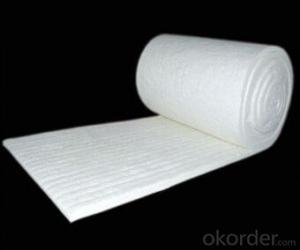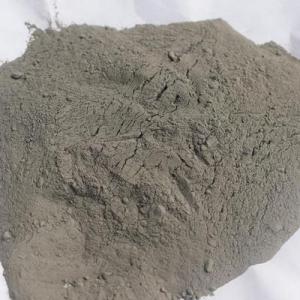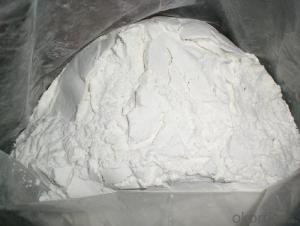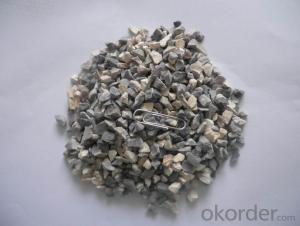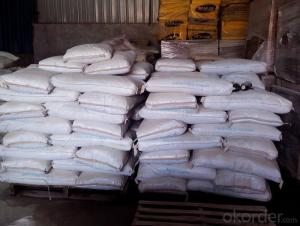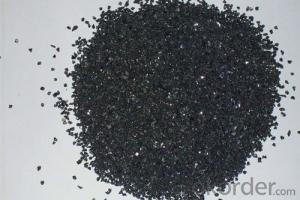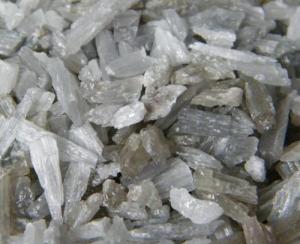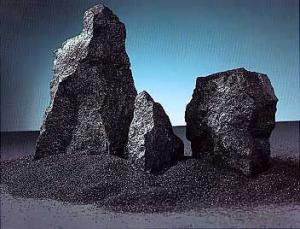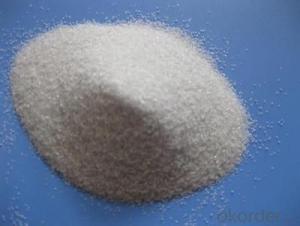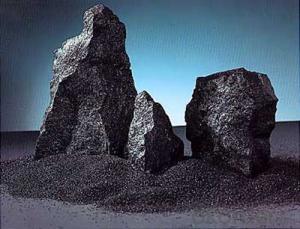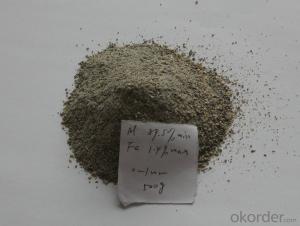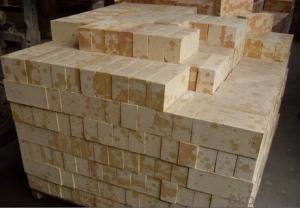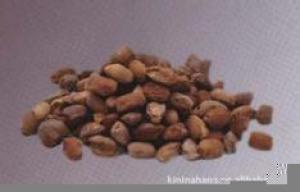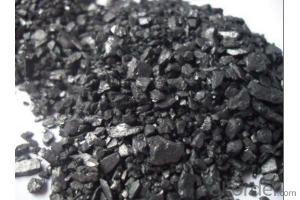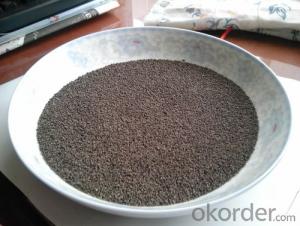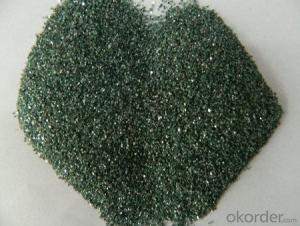All Categories
- - Steel Wire Rod
- - Steel Coils
- - Steel Profiles
- - Steel Pipes
- - Stainless Steel
- - Tinplate
- - Special Steel
- - Steel Sheets
- - Steel Rebars
- - Steel Strips
- - Hot Rolled Steel
- - Cold Rolled Steel
- - Pre-painted Steel
- - Seamless Steel Pipe
- - Welded Steel Pipe
- - Hollow Steel Tubes
- - Galvanized Pipe
- - Stainless Steel Coil
- - Stainless Steel Sheet
- - Stainless Steel Plate
- - Stainless Steel Strips
- - Electrolytic Tinplate Coil
- - Electrolytic Tinplate Sheet
- - Stainless Steel Rebars
- - Solar Panels
- - Solar Water Heater
- - Solar Related Products
- - Solar Inverter
- - Solar Cells
- - Solar Light
- - Solar Energy Systems
- - Solar Controllers
- - Solar Mounting System
- - Solar Pump
- - Solar Chargers
- - Fiberglass Chopped Strand
- - Fiberglass Mesh Cloth
- - Composite Pipes
- - FRP Pultrusion Profiles
- - Fiberglass Mat Tissue
- - Fiberglass Fabrics
- - Fiberglass Mesh
- - Composite Tank
- - Fiberglass Mesh tape
- - Polymer
- - FRP Roofing Panel
- - Fiberglass Roving
- - Monolithic Refractories
- - Ceramic Fiber Products
- - Refractory Bricks
- - Raw Materials For Refractory
- - Suspended Platform
- - Cranes
- - Concrete Machinery
- - Earthmoving Machinery
- - Building Hoist
- - Road Building Machinery
- - Plastic Pipe Fittings
- - Plastic Tubes
- - Plastic Sheets
- - Agricultural Plastic Products
- - Plastic Nets
Q & A
How does the composition and design of refractory linings impact the efficiency of rotary kilns?
The composition and design of refractory linings play a crucial role in the efficiency of rotary kilns. The refractory lining acts as a protective barrier against high temperatures, chemical reactions, and abrasion caused by the materials being processed in the kiln.
The choice of refractory materials, such as bricks, castables, and fibers, affects the thermal conductivity, heat resistance, and erosion resistance of the lining. A well-designed refractory lining with the right composition can minimize heat loss, improve thermal insulation, and enhance the overall energy efficiency of the kiln.
Additionally, the design of the refractory lining influences factors like kiln shell temperature, hot spots, and refractory wear. Proper design considerations, such as thickness, shape, and installation techniques, can optimize heat distribution, reduce thermal stress, and extend the lifespan of the refractory lining. This, in turn, leads to higher kiln productivity, lower maintenance costs, and improved operational efficiency.
Describe the function of mullite in refractory formulations.
Mullite serves as a crucial component in refractory formulations due to its excellent thermal stability and high melting point. It acts as a binder and filler, enhancing the strength, chemical resistance, and thermal shock resistance of the refractory material. Additionally, mullite's low thermal expansion coefficient helps to minimize cracking and ensure the refractory's durability at high temperatures.
What is the role of zirconia in refractory materials?
Zirconia plays a crucial role in refractory materials by providing high thermal stability, excellent resistance to corrosion, and low thermal conductivity. It acts as a refractory oxide, meaning it can withstand extremely high temperatures without melting or deforming. Additionally, zirconia exhibits good chemical inertness, making it resistant to various chemical reactions. Its low thermal conductivity helps in insulating against heat transfer, making it a suitable material for lining furnaces, kilns, and other high-temperature industrial applications.
How do refractory raw materials resist abrasion and wear?
Refractory raw materials resist abrasion and wear due to their high hardness and strong chemical bonds. These materials are typically made up of minerals such as alumina, silica, and magnesia, which possess excellent resistance to mechanical stresses. Additionally, refractory materials often have a dense microstructure that prevents the penetration of abrasive particles, further enhancing their resistance to wear.
Wholesale Raw Materials For Refractory from supplier in Philippines
Our range of Raw Materials For Refractory includes various types of refractory bricks, castables, mortars, and insulation materials. We source our products from reliable manufacturers, ensuring that they meet international quality standards. Our team of experts is always available to provide technical support and guidance, helping you choose the right materials for your specific application.
As a subsidiary of CNBM, we have access to a global network of resources, enabling us to meet the demands of large-scale projects. We understand the importance of timely delivery and offer efficient logistics solutions to ensure that your materials reach you on time. Our team is dedicated to providing exceptional customer service and building long-term relationships with our clients.
We also offer value-added services such as customization, packaging, and testing to meet your specific requirements. Our aim is to provide you with a seamless and hassle-free experience, from inquiry to after-sales support.
Contact us today to discuss your Raw Materials For Refractory needs in the Philippines. We are ready to assist you with our expertise and comprehensive range of products. Trust us to be your reliable partner in success.
As a subsidiary of CNBM, we have access to a global network of resources, enabling us to meet the demands of large-scale projects. We understand the importance of timely delivery and offer efficient logistics solutions to ensure that your materials reach you on time. Our team is dedicated to providing exceptional customer service and building long-term relationships with our clients.
We also offer value-added services such as customization, packaging, and testing to meet your specific requirements. Our aim is to provide you with a seamless and hassle-free experience, from inquiry to after-sales support.
Contact us today to discuss your Raw Materials For Refractory needs in the Philippines. We are ready to assist you with our expertise and comprehensive range of products. Trust us to be your reliable partner in success.
Hot Search
- Monolithic Refractories in Somalia
- Ceramic Fiber Products in Rwanda
- Refractory Bricks in Liberia
- Raw Materials For Refractory in Iran
- Ceramic Fiber Products in Turkey
- Ceramic Fiber Products in Albania
- Raw Materials For Refractory in Cambodia
- Monolithic Refractories in Sweden
- Refractory Bricks in Thailand
- Ceramic Fiber Products in Mexico
